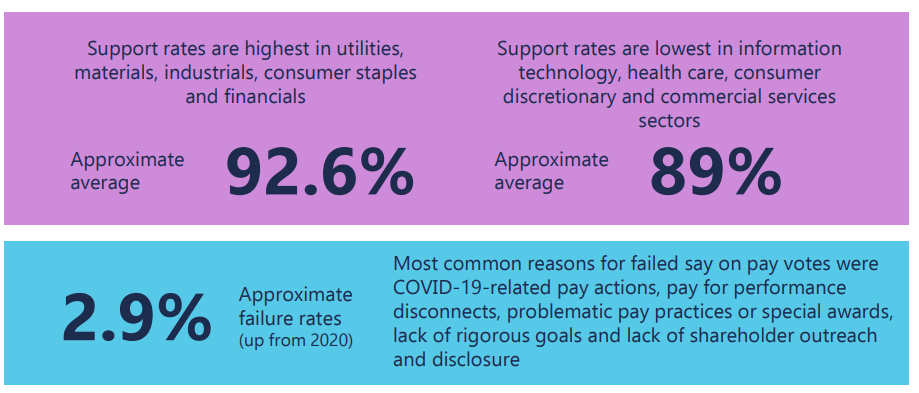Asli M. Colpan is Professor at Kyoto University Graduate School of Management, and Randall Morck is Jarislowsky Distinguished Chair and Distinguished University Professor at the University of Alberta. This post is based on their recent paper.
Unlike in the US, large firms in many foreign stock markets come in business groups: sets of seemingly distinct firms—each with its own stock price, annual reports, public shareholders, board of directors and CEO—but all effectively controlled by on apex firm, often itself controlled by a tycoon of wealthy family. Business groups were commonplace in the economic histories of most of today’s developed economies and in today’s emerging market economies. Adolf Berle and Gardiner Means, members of Franklin Delano Roosevelt’s “brain trust” deemed large business groups undue concentrations of power and successive New Deal reforms largely expunged this mode of corporate governance from the US. Institutional reforms later marginalized business groups in in Australia, Britain and Canada.
Investors and boards of directors contemplating investments elsewhere must factor in the non-independence of firms in each business group. This is especially important where banks, near-banks and other financial firms such as pension fund portfolio managers, belong to business groups. How this plays out depends on where agency lies within the business group. This is because the apex controlling party often has a larger real investment in some group firms and a minor real stake in others, yet controls them all via super-voting shares, board appointment rights, or (most commonly) control pyramids.

